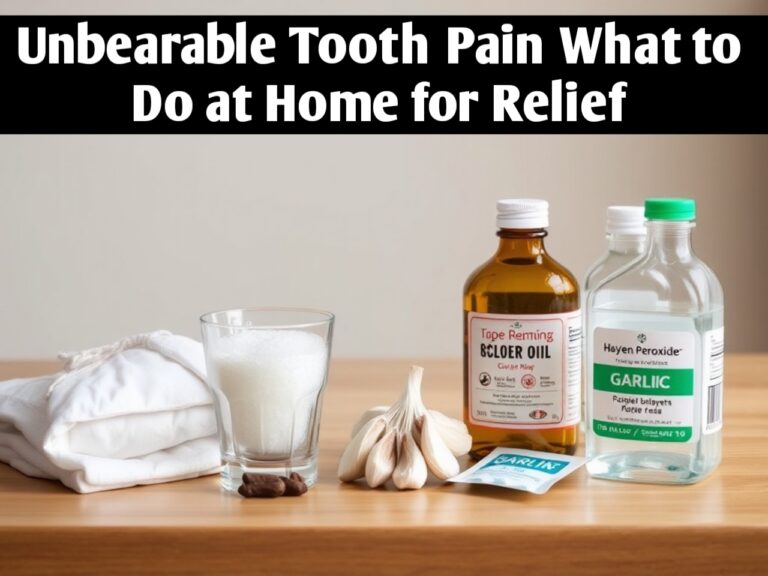Tennis Elbow: Causes, Symptoms & Fastest Ways to Heal
What is Tennis Elbow?
Tennis elbow, medically known as lateral epicondylitis, is a common condition that causes pain around the outside of the elbow. It occurs due to overuse of the forearm muscles and tendons, leading to inflammation and small tears in the tendons that attach to the lateral epicondyle of the humerus (the bony bump on the outer part of the elbow). Despite its name, tennis elbow is not limited to tennis players. Anyone who repeatedly uses their forearm muscles—such as painters, carpenters, and even office workers—can develop this condition.
Causes of Tennis Elbow
Tennis elbow is primarily caused by repetitive motions that strain the forearm muscles and tendons. Some of the key factors that contribute to the development of tennis elbow include:
- Repetitive arm movements – Activities such as tennis, golf, weightlifting, or even frequent computer use can lead to overuse injuries.
- Improper technique – Using incorrect form while performing sports or work-related tasks can put excessive stress on the elbow joint.
- Weak forearm muscles – If the forearm muscles are not strong enough to handle repetitive stress, they become more prone to injury.
- Aging – As we age, tendons become less flexible and more susceptible to wear and tear.
- Trauma or sudden impact – A direct blow to the elbow or lifting something too heavy suddenly can cause tendon damage.
Symptoms of Tennis Elbow
The symptoms of tennis elbow can vary in intensity but usually develop gradually. Some of the most common symptoms include:
- Pain and tenderness – The primary symptom is pain on the outside of the elbow that may radiate down the forearm.
- Weakened grip strength – Holding objects, shaking hands, or even opening a jar may feel more difficult.
- Stiffness in the elbow – The elbow may feel stiff, especially in the morning or after prolonged activity.
- Pain that worsens with activity – Actions such as lifting, gripping, or twisting motions (like turning a doorknob) can aggravate the pain.
- Swelling and inflammation – In severe cases, swelling may occur around the elbow joint.
How is Tennis Elbow Diagnosed?
A healthcare provider can diagnose tennis elbow through a combination of physical examinations and medical history analysis. Some of the diagnostic methods include:
- Physical examination – The doctor may apply pressure to the affected area and ask the patient to move their wrist, hand, or elbow to check for pain.
- MRI or ultrasound – In some cases, imaging tests may be needed to rule out other conditions like arthritis or nerve compression.
- X-rays – These can help eliminate bone-related issues as a possible cause of elbow pain.
Best Treatment Options for Tennis Elbow
Tennis elbow can be treated using a variety of methods, ranging from home remedies to medical interventions. Here are some of the most effective treatment options:
1. Rest and Activity Modification
The first step in healing tennis elbow is to allow the affected arm to rest. Avoid activities that cause pain, and modify repetitive tasks to reduce strain on the elbow.
2. Ice Therapy
Applying ice packs to the affected area for 15-20 minutes several times a day can help reduce inflammation and pain. Make sure to wrap the ice in a cloth to prevent skin irritation.
3. Pain Relief Medications
Over-the-counter pain relievers such as ibuprofen, aspirin, or naproxen can help reduce pain and swelling.
4. Physical Therapy and Stretching Exercises
Physical therapy can be highly effective in treating tennis elbow. Some recommended exercises include:
- Wrist extensor stretch – Extend your arm and use the opposite hand to gently pull back your fingers.
- Wrist flexor stretch – Hold your arm out, palm facing up, and gently pull your fingers downward.
- Eccentric wrist exercises – Slowly lowering a lightweight dumbbell using your wrist can strengthen the tendons and promote healing.
5. Bracing or Wearing a Tennis Elbow Strap
Using a counterforce brace or a forearm strap can help distribute pressure away from the affected tendon, reducing pain and further strain.
6. Massage Therapy
Deep tissue massage or myofascial release techniques can improve blood circulation, loosen tight muscles, and enhance healing.
7. Corticosteroid Injections
For severe cases, a doctor may recommend corticosteroid injections to reduce pain and inflammation. However, these should be used sparingly as they can weaken tendons over time.
8. Platelet-Rich Plasma (PRP) Therapy
PRP therapy involves injecting concentrated platelets from the patient’s own blood into the affected area to accelerate healing. Some studies suggest it can be effective for chronic cases of tennis elbow.
9. Surgery (Last Resort)
If conservative treatments fail after 6-12 months, surgery may be considered. The most common surgical procedure for tennis elbow involves removing damaged tendon tissue and reattaching healthy tendons.
Preventing Tennis Elbow
Preventing tennis elbow involves adopting good habits and techniques to reduce strain on the elbow. Here are some effective prevention strategies:
- Strengthen forearm muscles – Incorporate forearm exercises into your routine to improve muscle endurance.
- Use proper technique – Whether in sports or work, ensure you are using correct form to minimize stress on the elbow.
- Take regular breaks – Avoid prolonged repetitive tasks by taking short breaks to rest your muscles.
- Use ergonomic tools – If your job involves frequent arm movements, use equipment designed to reduce strain.
- Stretch before activities – Warming up and stretching your forearm muscles before engaging in physical activity can help prevent injury.
How Long Does It Take to Heal Tennis Elbow?
The recovery time for tennis elbow varies depending on the severity of the condition and how well it is managed. Mild cases can improve within a few weeks, while chronic cases may take several months to heal completely. Following a structured treatment plan and making necessary lifestyle changes can significantly speed up recovery.
Conclusion
Tennis elbow is a painful but manageable condition that affects many people, not just athletes. Understanding its causes, symptoms, and treatment options can help you take the right steps toward recovery. With proper rest, therapy, and preventive measures, you can heal and prevent future occurrences. If symptoms persist, seeking medical advice is essential to avoid long-term damage and ensure a full recovery.
Read Also Our This Post: 10 Essential Tips for a Healthy Life with WellHealthOrganic







